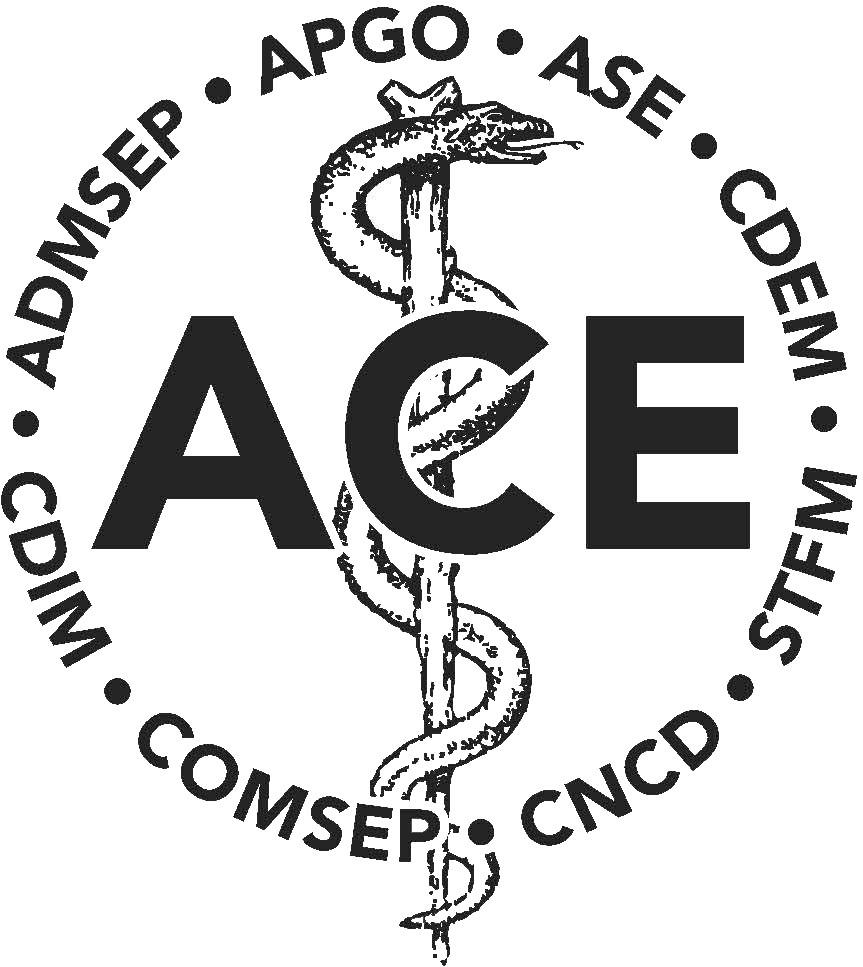Mistreatment of medical residents and fellows—including verbal abuse, sexual harassment, discrimination, and microaggressions—continues to be a widespread and complex issue in teaching hospitals. Recent large-scale studies have shown that as many as 59% of trainees encounter at least one form of mistreatment during their training. Among these, verbal harassment is the most frequently reported, followed by discrimination and sexual harassment. Female residents and those from minoritized backgrounds are disproportionately affected, facing higher incidences of public humiliation, sexist remarks, and unwanted sexual advances [1–3].
The clinical learning environment is characterized by a hierarchical structure and high-pressure dynamics, which contribute to various sources of mistreatment. While faculty and attending physicians are the most commonly identified perpetrators, mistreatment also originates from colleagues, nurses, interprofessional team members, and even patients and their families [3,5–7]. Particularly concerning are microaggressions, which often stem from patients and staff. These are significantly underreported, yet can accumulate over time, severely affecting trainees’ psychological safety and professional identity [5,8].
The consequences of mistreatment are severe. It is strongly linked to burnout, anxiety, depression, and even suicidal ideation among trainees. Additionally, it compromises team performance and patient care quality [2–3]. Despite institutional efforts to tackle the issue, reporting rates remain low, with fewer than 25% of mistreated trainees submitting formal reports. Key barriers include fear of retaliation, lack of confidentiality, and distrust in the system’s ability to bring about meaningful change [2,9,10]. Interestingly, anonymous climate surveys routinely reveal much higher prevalence rates than institutional reports, underscoring the depth of underreporting [1,9].
Various interventions have been implemented to address mistreatment, such as policy changes, establishing ombuds offices, enhancing reporting systems, and conducting educational workshops. However, the quality of evidence supporting the effectiveness of these interventions is often low. Most programs have not shown lasting improvements, particularly in reducing sexual harassment [11].
Moving forward, it is essential for institutions to co-design policies and reporting mechanisms in collaboration with residents, ensure confidentiality, and commit to transparent follow-up. Program directors and hospital leaders must foster a culture of accountability and support, while policymakers should enforce robust, anonymous reporting systems and mandate regular climate assessments. Only through sustained, systemic reform can the clinical learning environment become safer and more inclusive for all medical trainees.
Here are some questions to consider yourselves…
- Why do you think mistreatment of medical trainees remains so prevalent despite institutional efforts to address it? What systemic or cultural factors might be perpetuating this issue?
- How might the hierarchical nature of medical training contribute to underreporting of mistreatment? What changes could help dismantle this power imbalance?
- If you were a medical resident experiencing microaggressions or harassment, what barriers would prevent you from reporting it? How could institutions make reporting safer and more effective?
- What role do non-physician staff (e.g., nurses, patients) play in the mistreatment of trainees? How can interprofessional collaboration be improved to foster a more respectful environment?
- Beyond policy changes, what cultural shifts are needed in medical education to ensure trainees feel psychologically safe and supported?
References
- Hammoud MM, Appelbaum NP, Wallach PM, Burrows HL, Kochhar K, Hemphill RR, Daniel M, Clery MJ, Santen SA. Incidence of resident mistreatment in the learning environment across three institutions. Med Teach. 2021 Mar;43(3):334-340. doi: 10.1080/0142159X.2020.1845306.
- Gianakos AL, Freischlag JA, Mercurio AM, Haring RS, LaPorte DM, Mulcahey MK, Cannada LK, Kennedy JG. Bullying, Discrimination, Harassment, Sexual Harassment, and the Fear of Retaliation During Surgical Residency Training: A Systematic Review. World J Surg. 2022 Jul;46(7):1587-1599. doi: 10.1007/s00268-021-06432-6.
- Hu YY, Ellis RJ, Hewitt DB, Yang AD, Cheung EO, Moskowitz JT, Potts JR 3rd, Buyske J, Hoyt DB, Nasca TJ, Bilimoria KY. Discrimination, Abuse, Harassment, and Burnout in Surgical Residency Training. N Engl J Med. 2019 Oct 31;381(18):1741-1752. doi: 10.1056/NEJMsa1903759.
- Fnais N, Soobiah C, Chen MH, Lillie E, Perrier L, Tashkhandi M, Straus SE, Mamdani M, Al-Omran M, Tricco AC. Harassment and discrimination in medical training: a systematic review and meta-analysis. Acad Med. 2014 May;89(5):817-27. doi: 10.1097/ACM.0000000000000200.
- Alimi Y, Bevilacqua LA, Snyder RA, Walsh D, Jackson PG, DeMaria EJ, Tuttle JE, Altieri MS. Microaggressions and Implicit Bias in Surgical Training: An Undocumented but Pervasive Phenomenon. Ann Surg. 2023 Jan 1;277(1):e192-e196. doi: 10.1097/SLA.0000000000004917.
- Chadaga AR, Villines D, Krikorian A. Bullying in the American Graduate Medical Education System: A National Cross-Sectional Survey. PLoS One. 2016 Mar 16;11(3):e0150246. doi: 10.1371/journal.pone.0150246.
- Grover A, Appelbaum N, Santen SA, Lee N, Hemphill RR, Goldberg S. Physician mistreatment in the clinical learning environment. Am J Surg. 2020 Aug;220(2):276-281. doi: 10.1016/j.amjsurg.2019.11.038.
- Jagsi R, Griffith K, Krenz C, Jones RD, Cutter C, Feldman EL, Jacobson C, Kerr E, Paradis KC, Singer K, Spector ND, Stewart AJ, Telem D, Ubel PA, Settles I. Workplace Harassment, Cyber Incivility, and Climate in Academic Medicine. JAMA. 2023 Jun 6;329(21):1848-1858. doi: 10.1001/jama.2023.7232.
- Sahiti Q, Shearer C, Thomson C, Sutherland L, Bowes D. Addressing medical resident mistreatment: A resident-centred approach. Med Teach. 2024 Jun;46(6):769-775. doi: 10.1080/0142159X.2023.2279903.
- Leitman IM, Muller D, Miller S, Hanss BG, Catron TF, Cooper WO, Filizola M. Implementation of an Online Reporting System to Identify Unprofessional Behaviors and Mistreatment Directed at Trainees at an Academic Medical Center. JAMA Netw Open. 2022 Dec 1;5(12):e2244661. doi: 10.1001/jamanetworkopen.2022.44661.
- Gupta A, Thompson JC, Ringel NE, Kim-Fine S, Ferguson LA, Blank SV, Iglesia CB, Balk EM, Secord AA, Hines JF, Brown J, Grimes CL. Sexual Harassment, Abuse, and Discrimination in Obstetrics and Gynecology: A Systematic Review. JAMA Netw Open. 2024 May 1;7(5):e2410706. doi: 10.1001/jamanetworkopen.2024.10706.
Authors: Sumayah Abed, M.D.; B. Earl Salser, Jr., M.D.; Society of Teachers in Family Medicine
